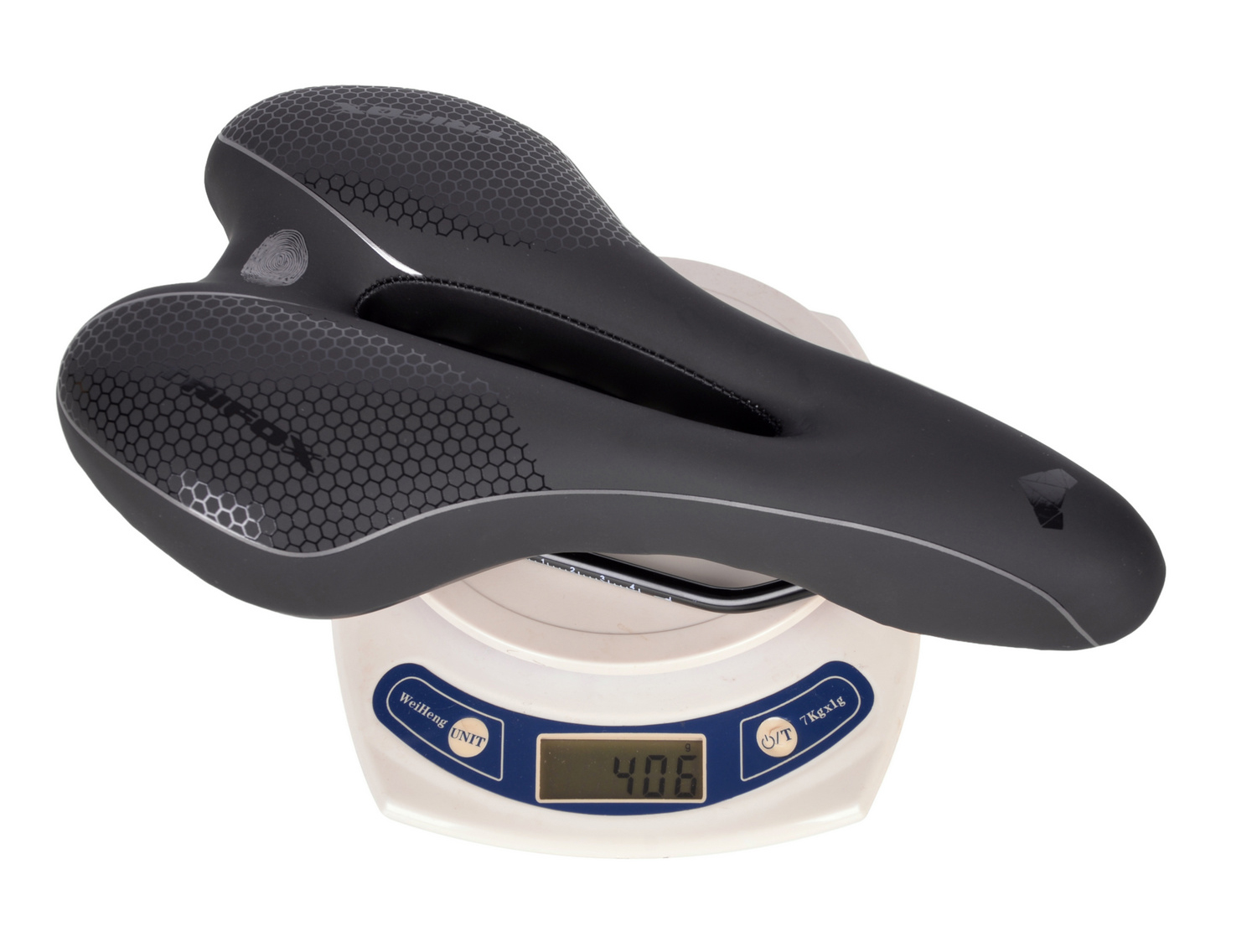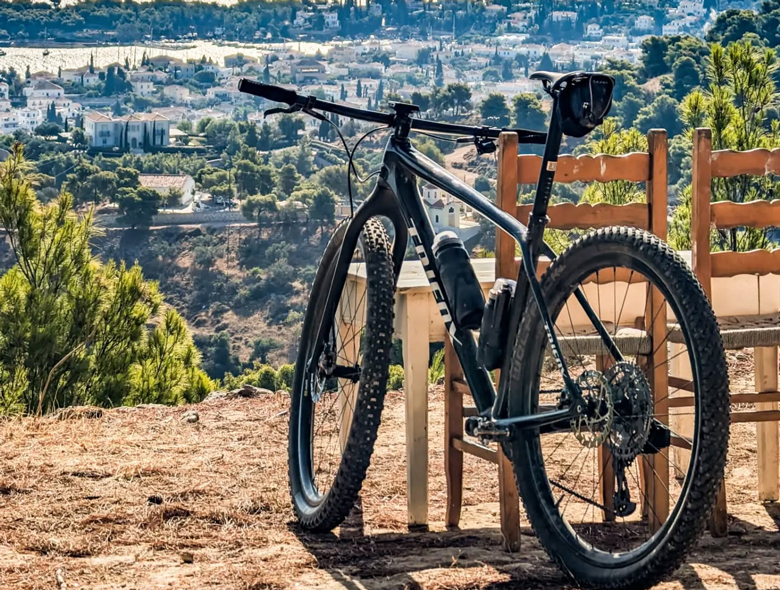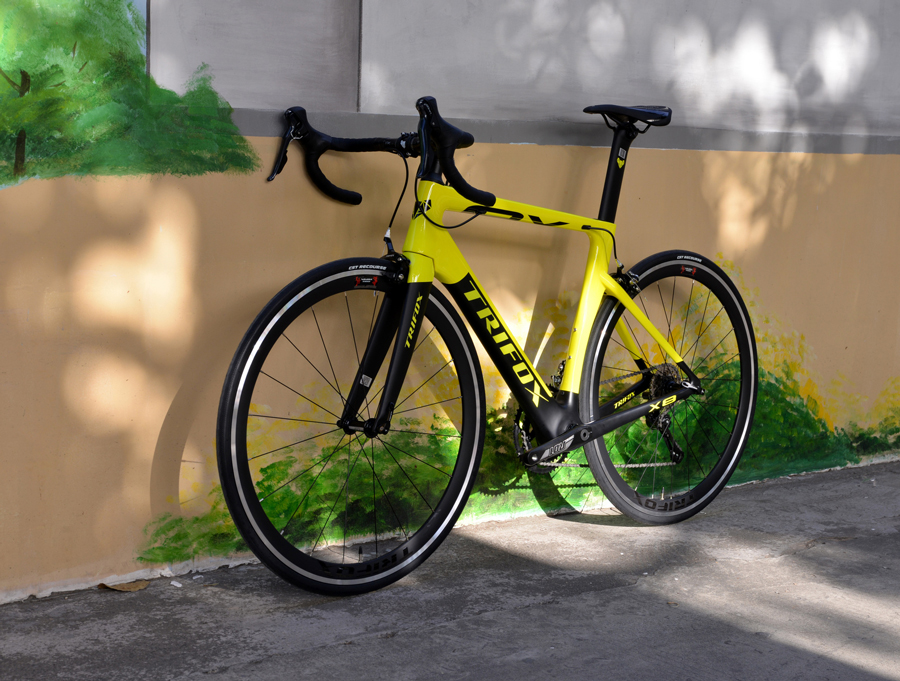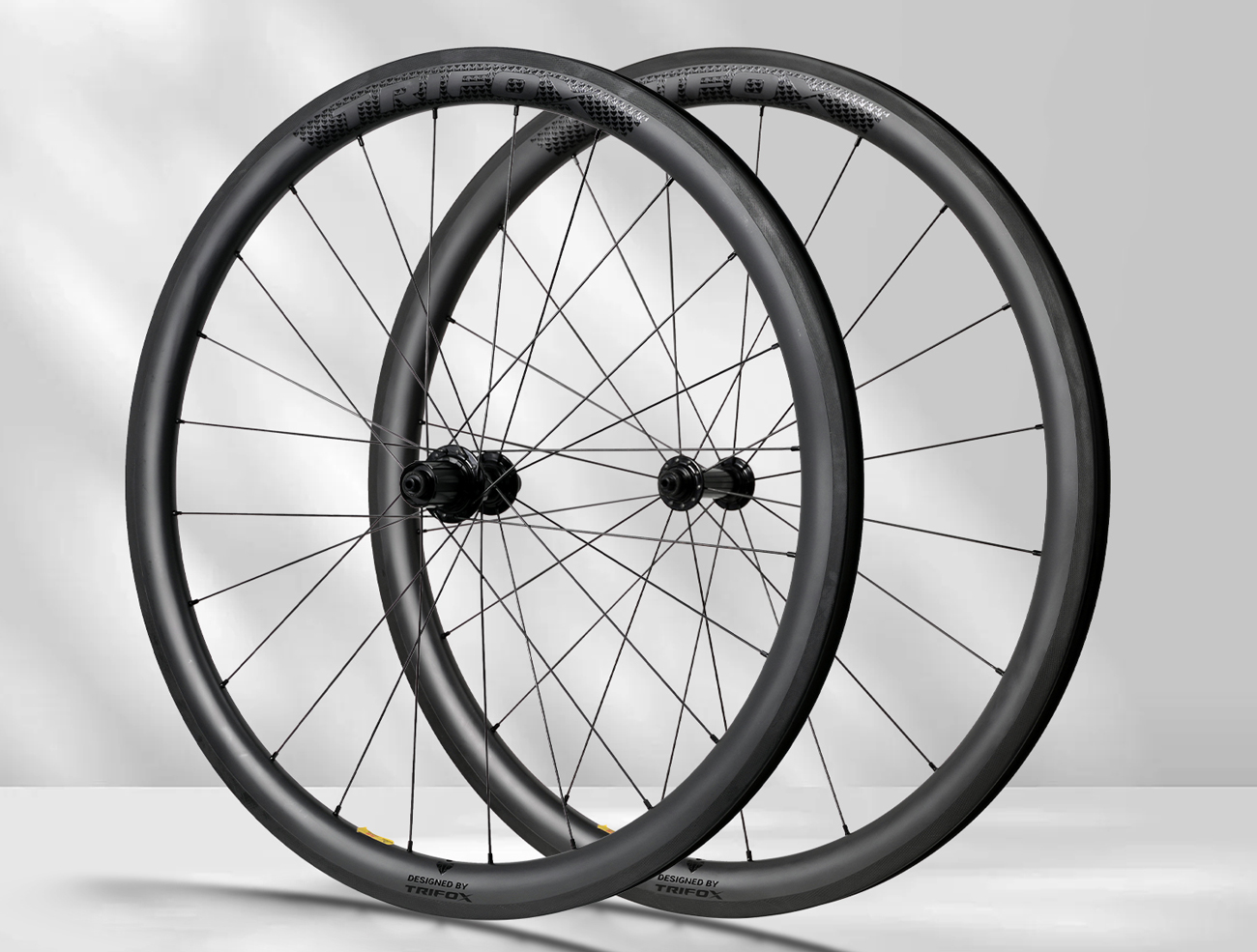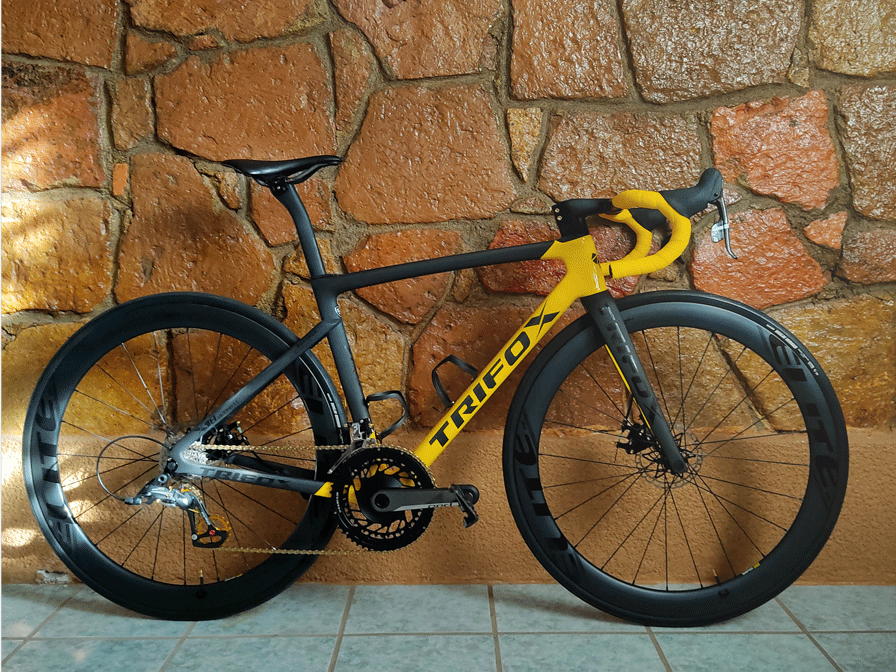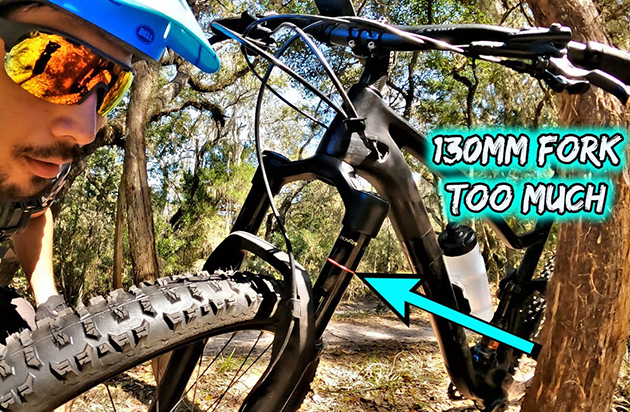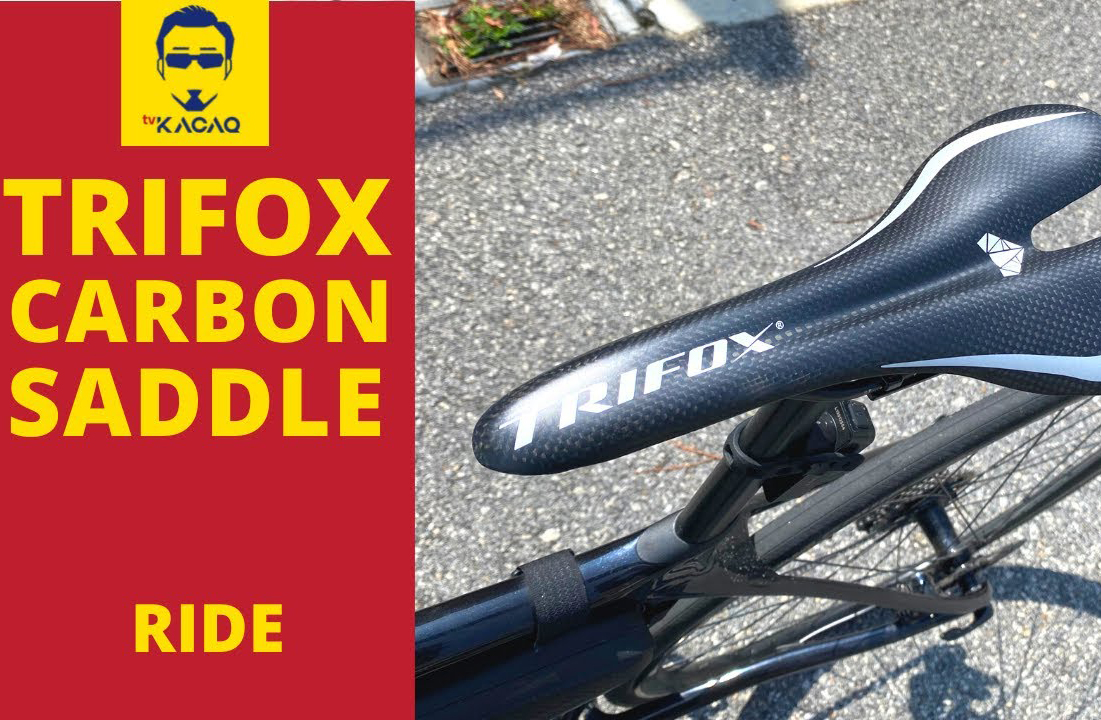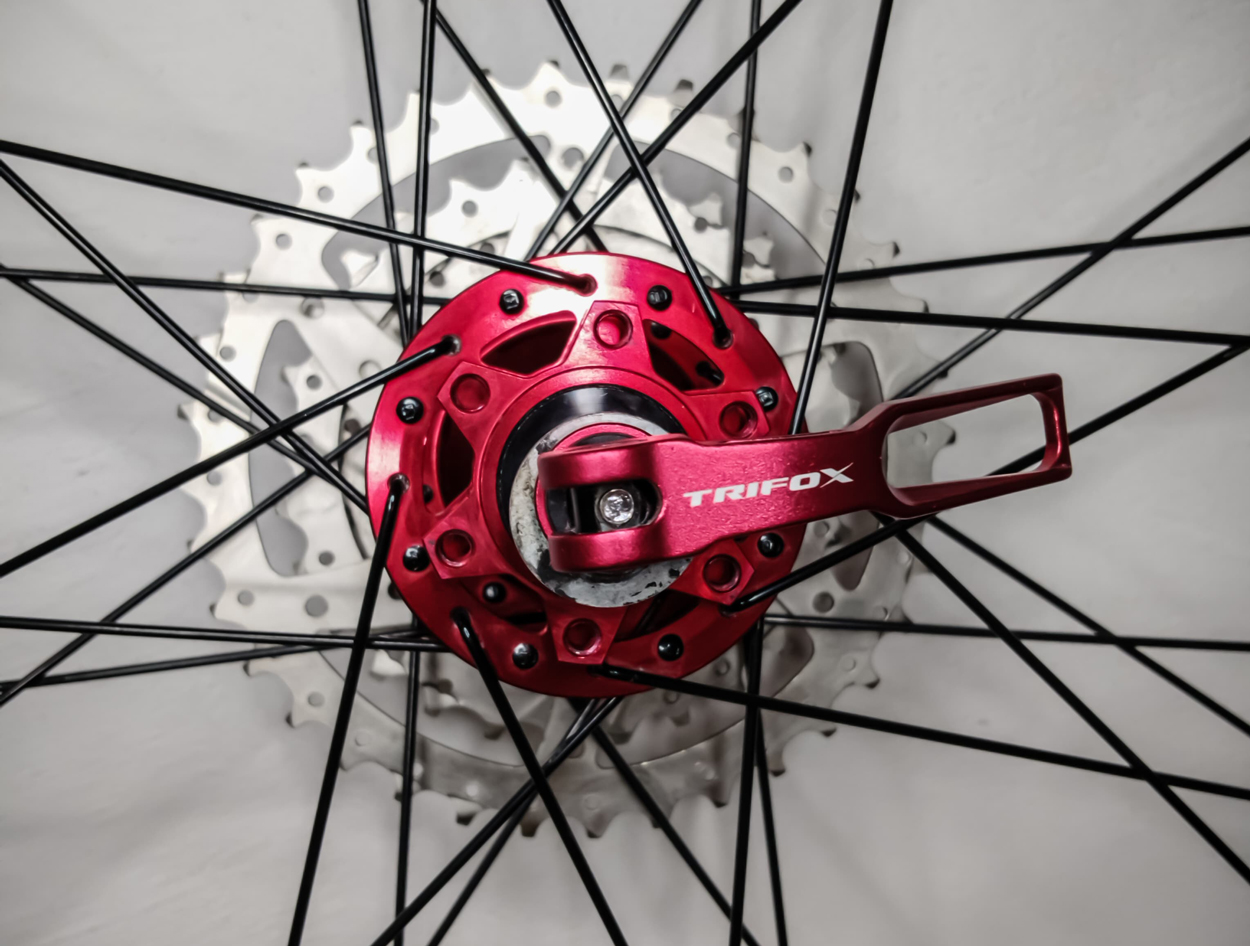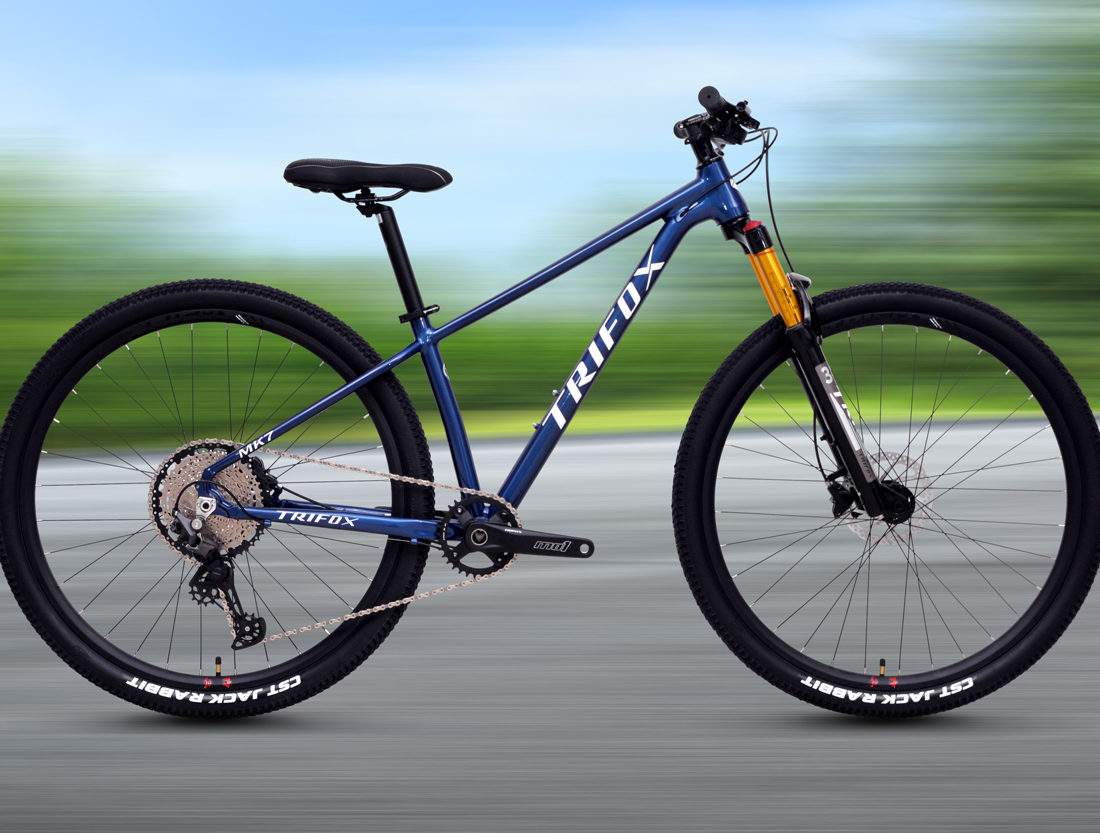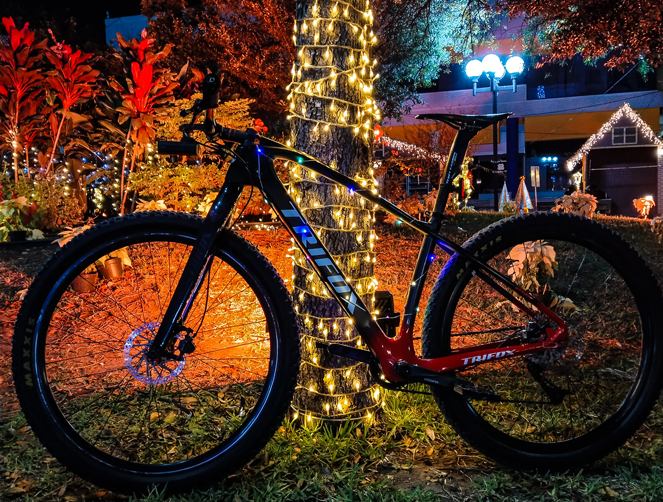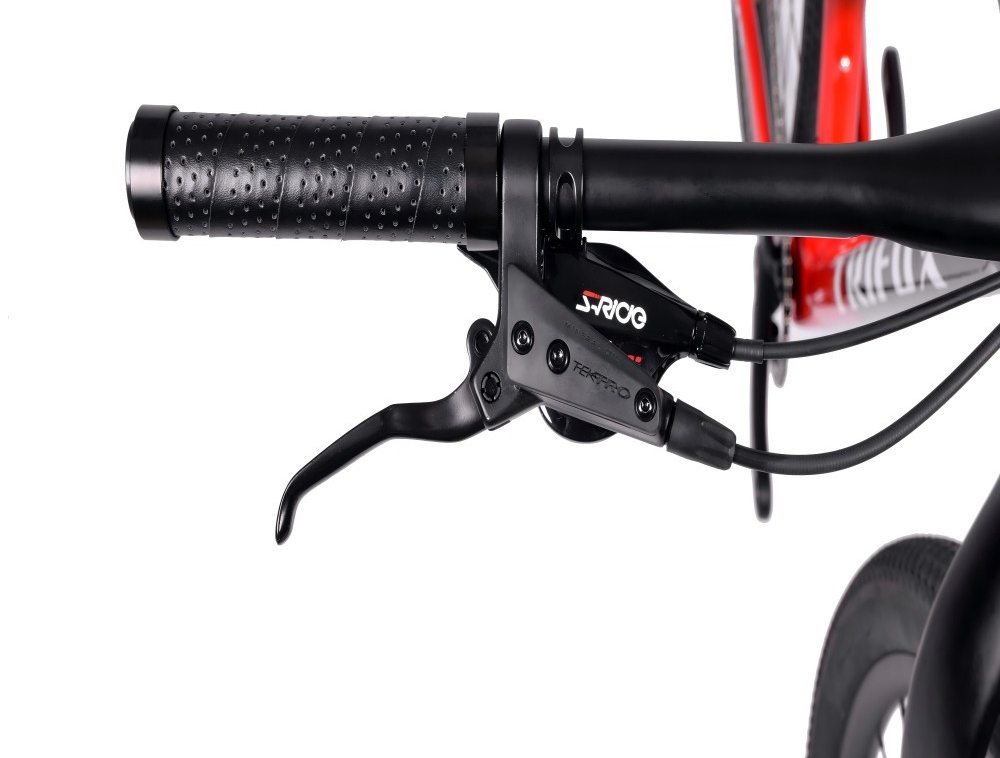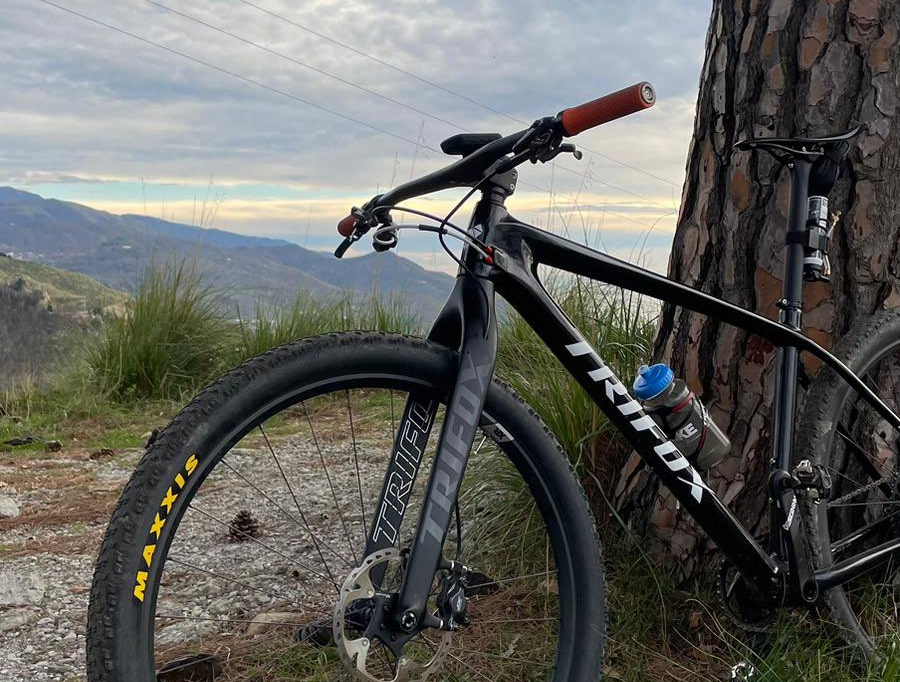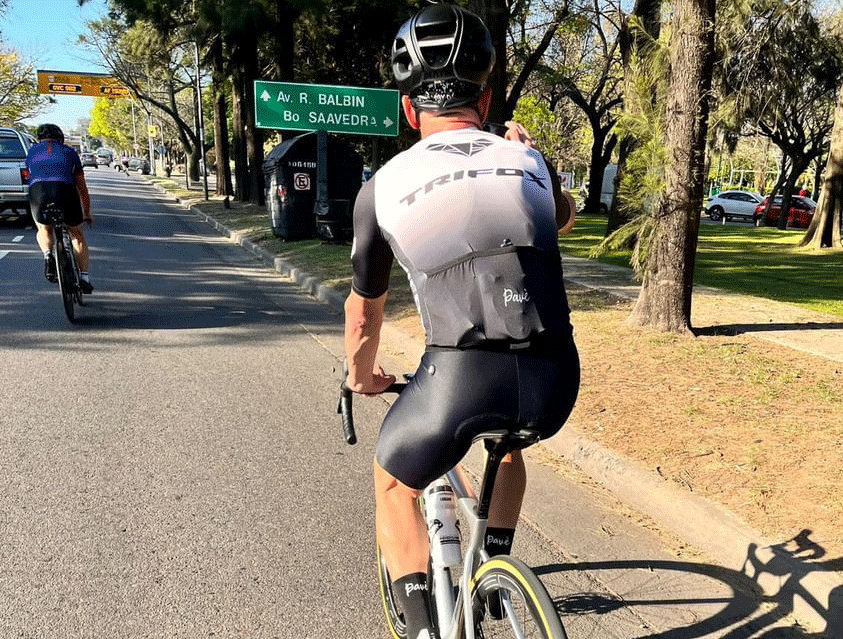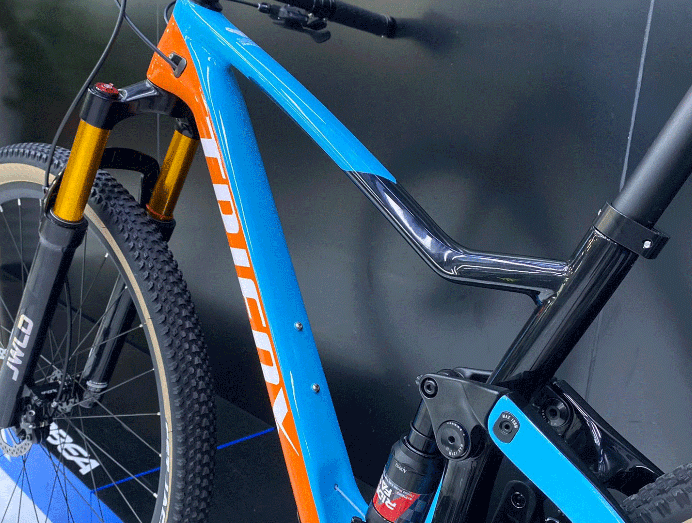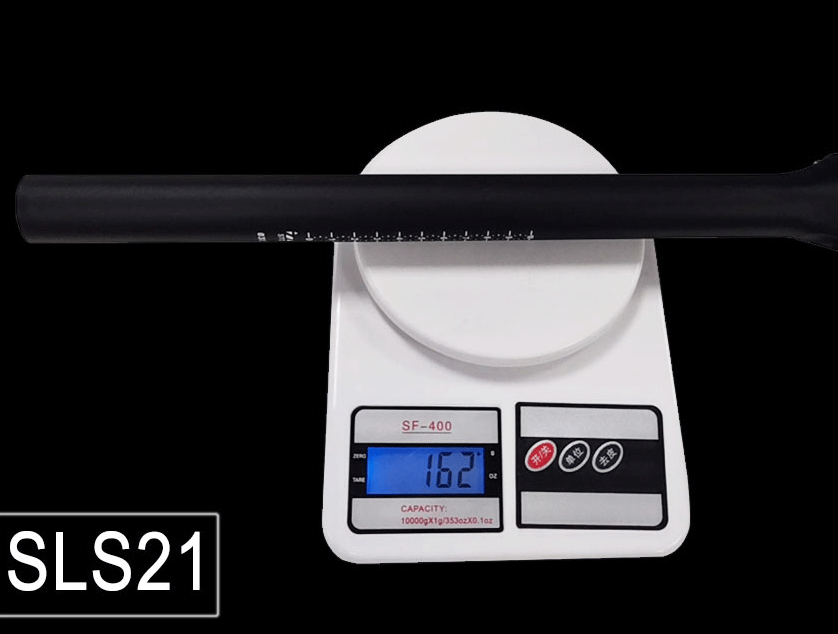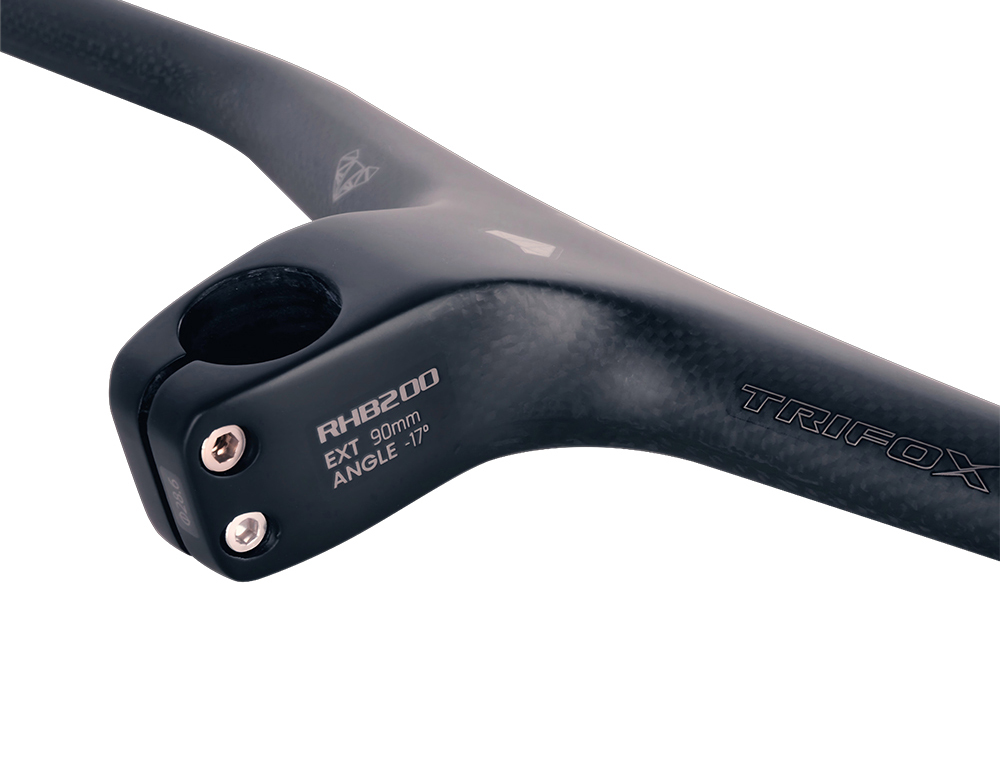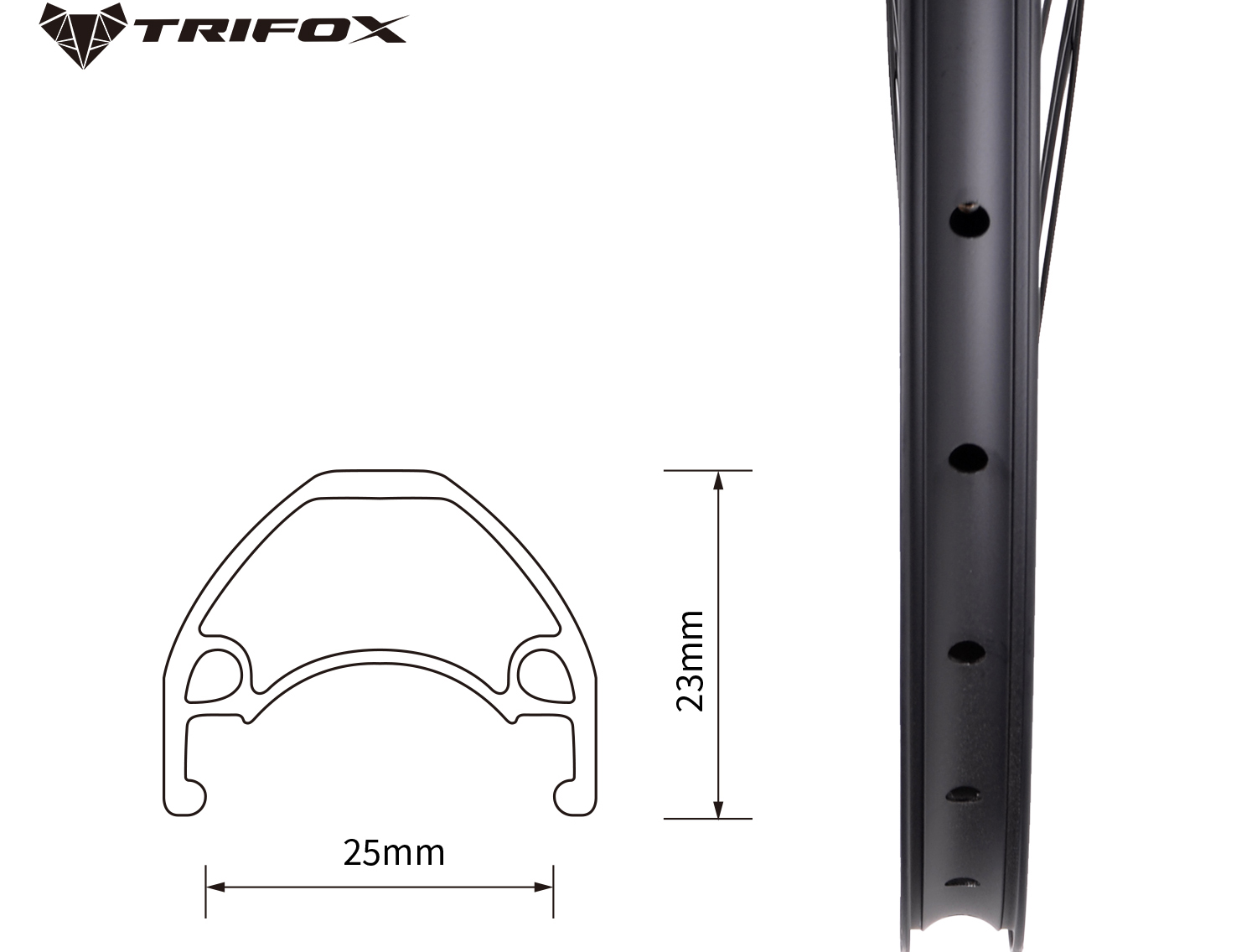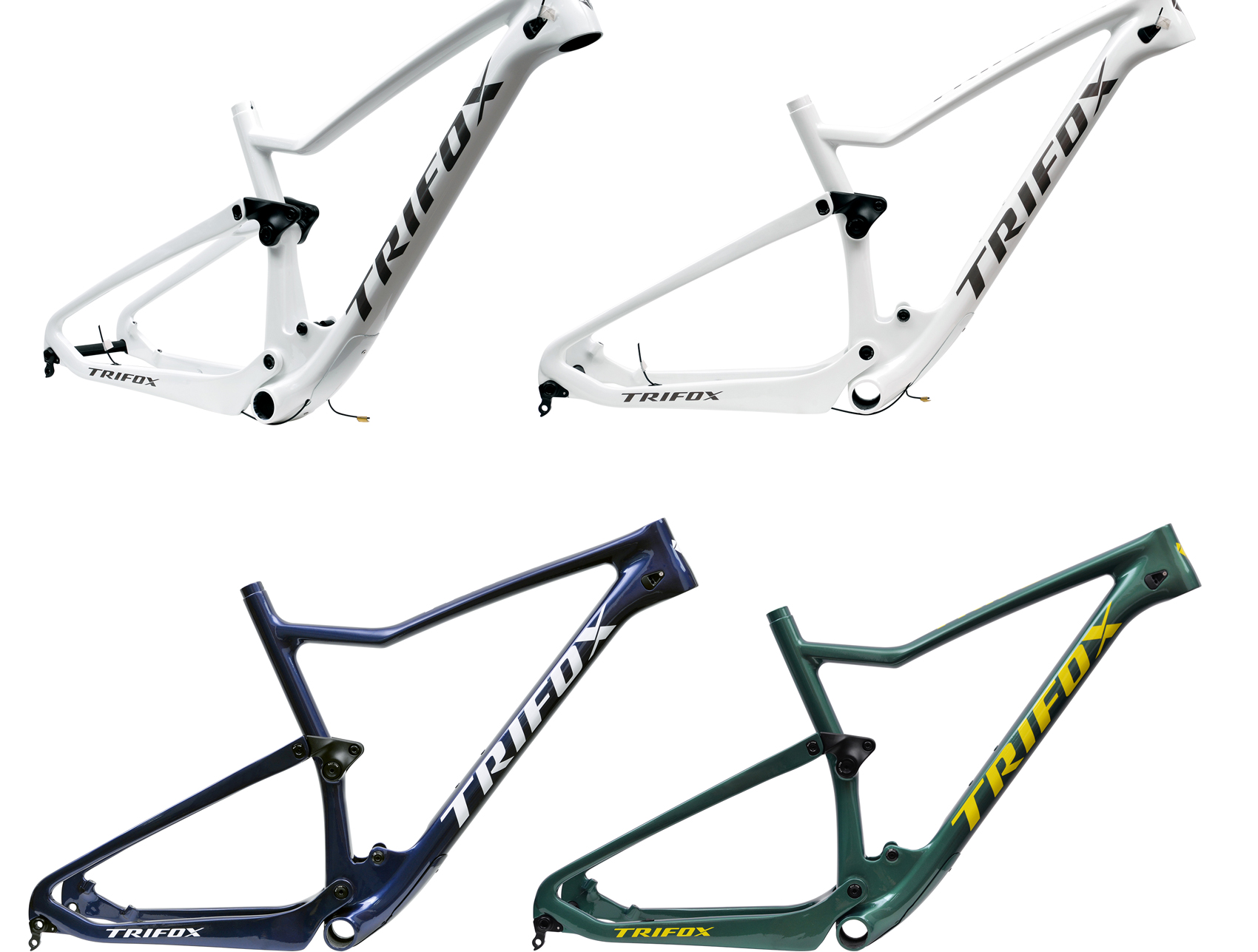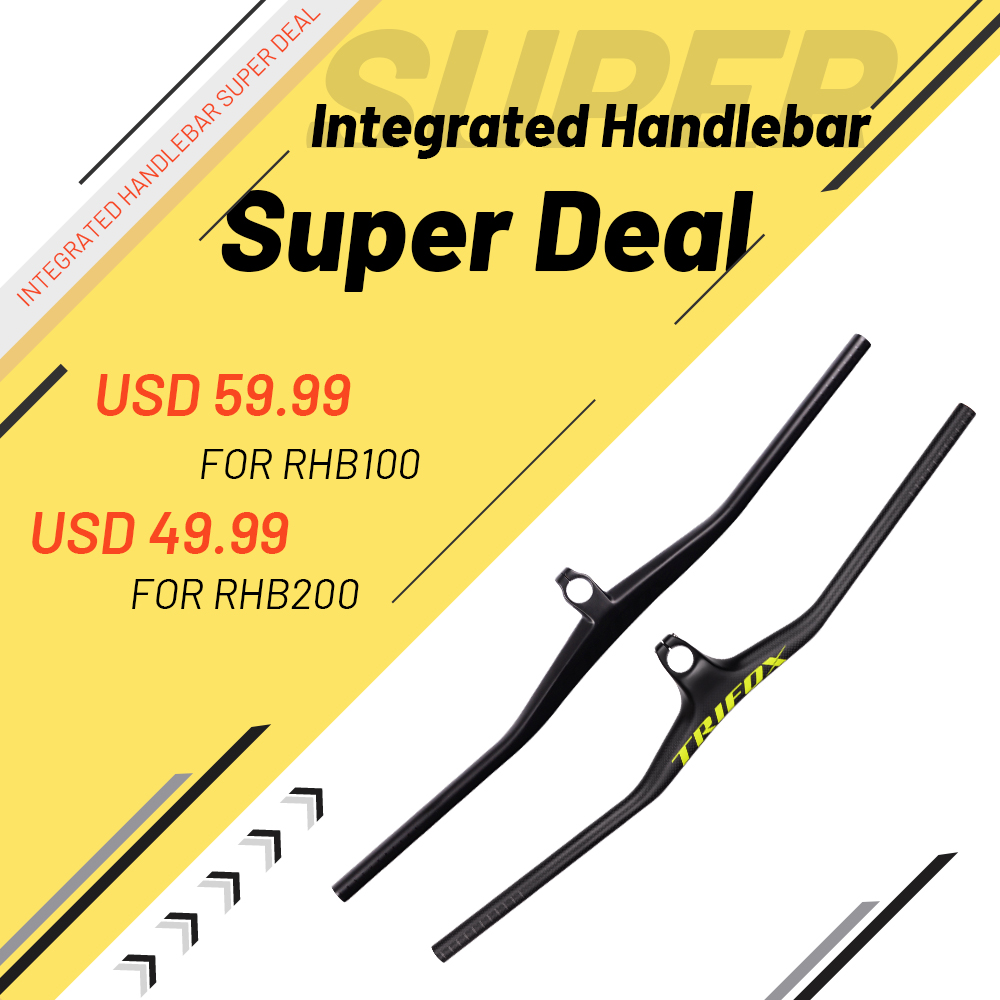There are endless ways to upgrade and customize a bike. Cool features like carbon fiber wheels, ceramic bearings, and oversized pulley wheels all cost a fortune.
Assuming you've already adjusted your bike to your body size and are happily racking up the miles on your new road or mountain bike, what should be your first upgrade in pursuit of performance?
The simple and correct answer is: tires.
Tires are often overlooked and underestimated as an upgrade. However, tires are the only part of a bike that comes in contact with the ground you ride on. They have a greater impact on the ride quality and performance of a bike than any other part.
This means that upgrading your bike’s original tires can significantly improve its performance, comfort, and safety. The reason for this is that most brands will skimp on tires in order to lower the pricing targets of their models, unless you buy the top-of-the-line bikes.
The good news is that the cheaper your bike is, the greater the potential benefit you'll get from a tire upgrade.
The most obvious way tires can improve performance is by making them lighter.
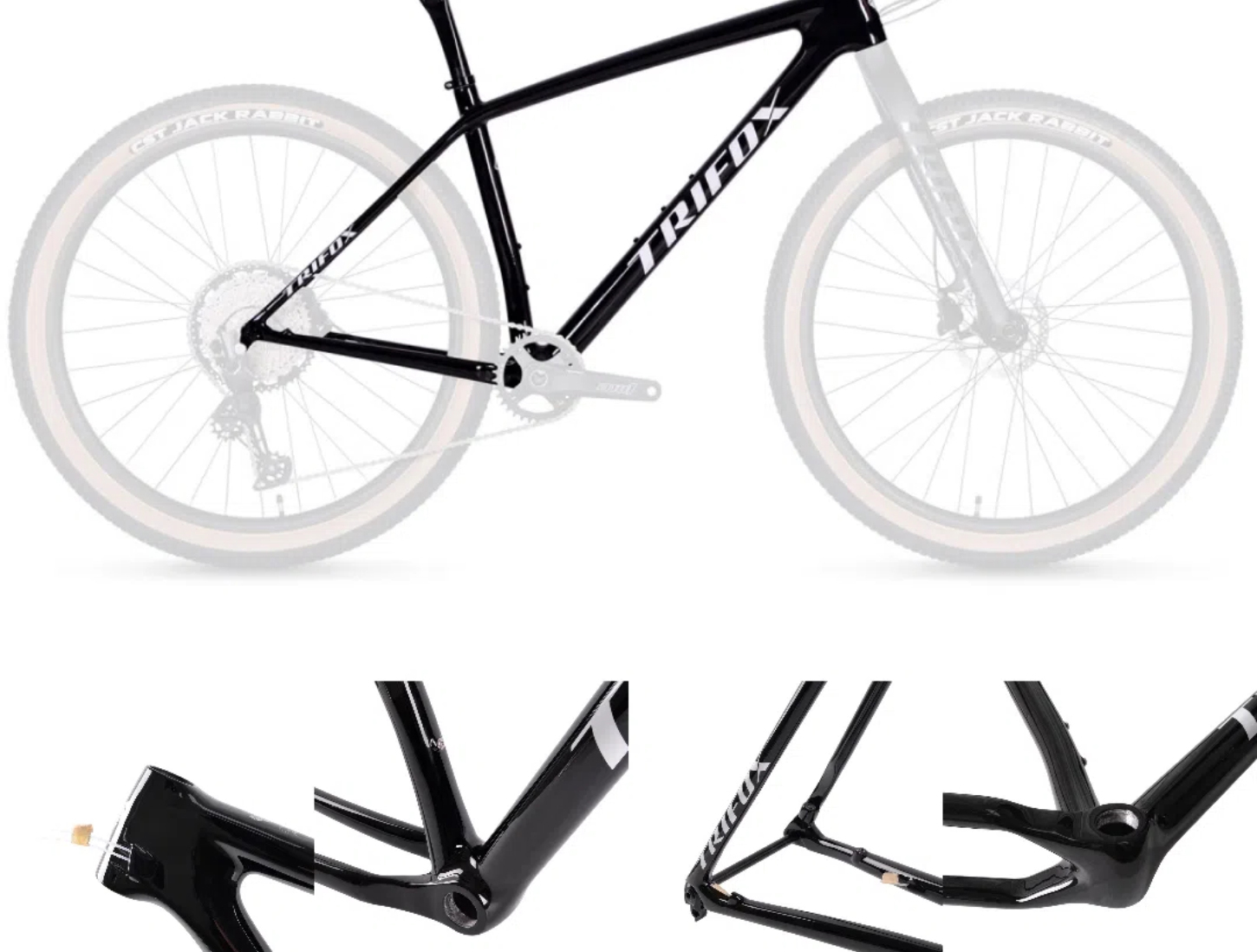
A little more complicated is that better tires improve performance through lower rolling resistance, which comes from internal friction or energy lost due to hysteresis.
High-end tires use better rubber compounds and more flexible tire casings to reduce these energy losses, which means that a bike with better tires will ride faster if the rider exerts the same amount of effort.
The actual improvement will vary depending on which tire you upgrade from. But the difference can be between 5 and 10 watts per tire.
Finally, better tires tend to have better grip performance, which is due to more advanced rubber compounds. Grip is somewhat difficult to quantify, and the best independent data set comes from Bike Rolling Resistance, which tests tires for rolling resistance, puncture resistance, and grip.
While some grippy tires don't fall into the high-end tire category, there is a correlation between price and how grippy a tire is. This means that for most riders, upgrading their stock tires can also improve grip and enhance safety.




























































